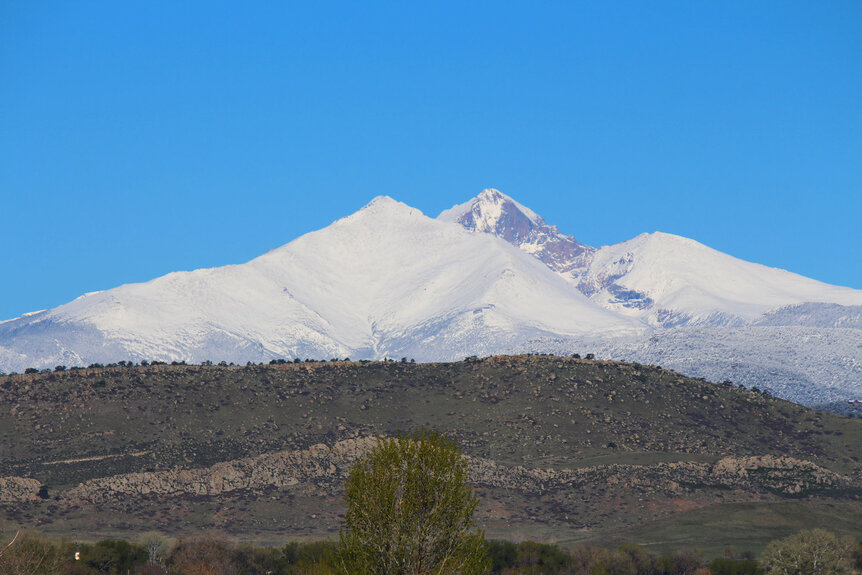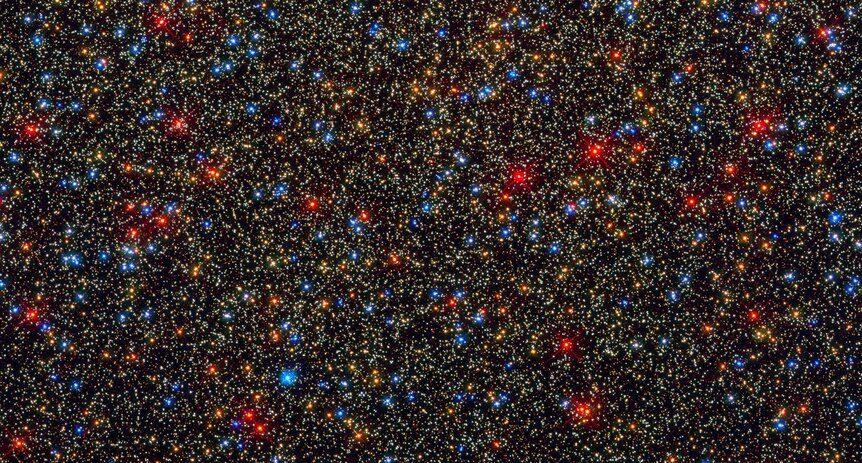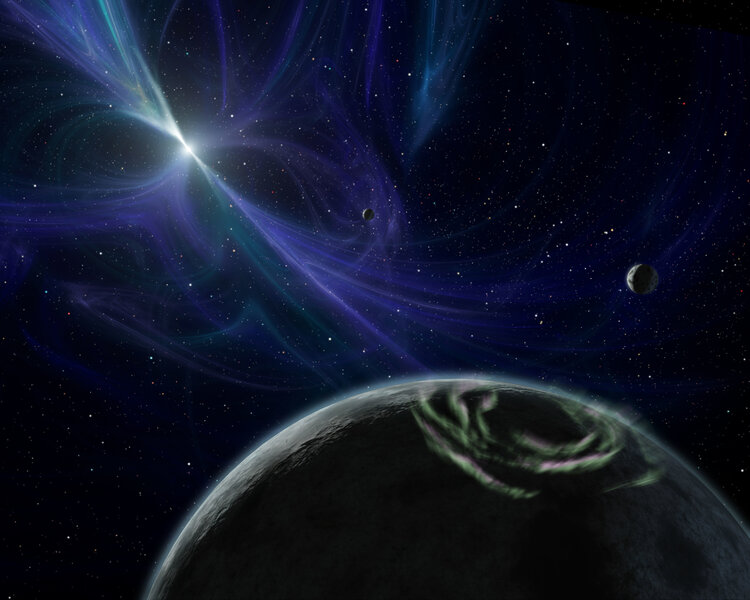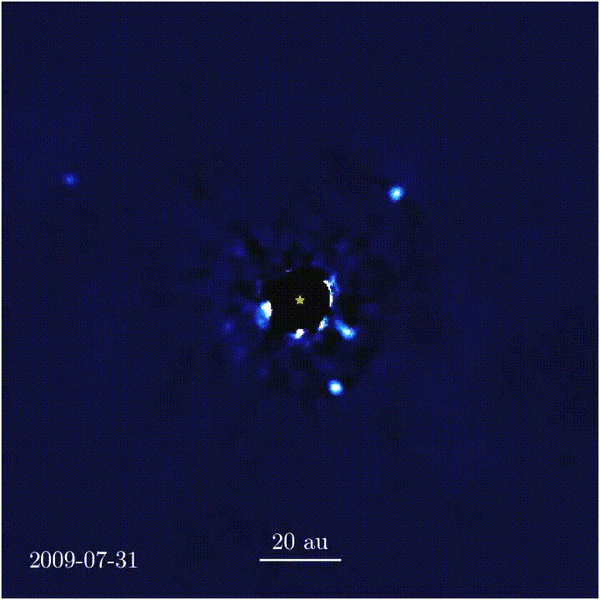Create a free profile to get unlimited access to exclusive videos, sweepstakes, and more!
Postscript and transcript: About making mistakes in science
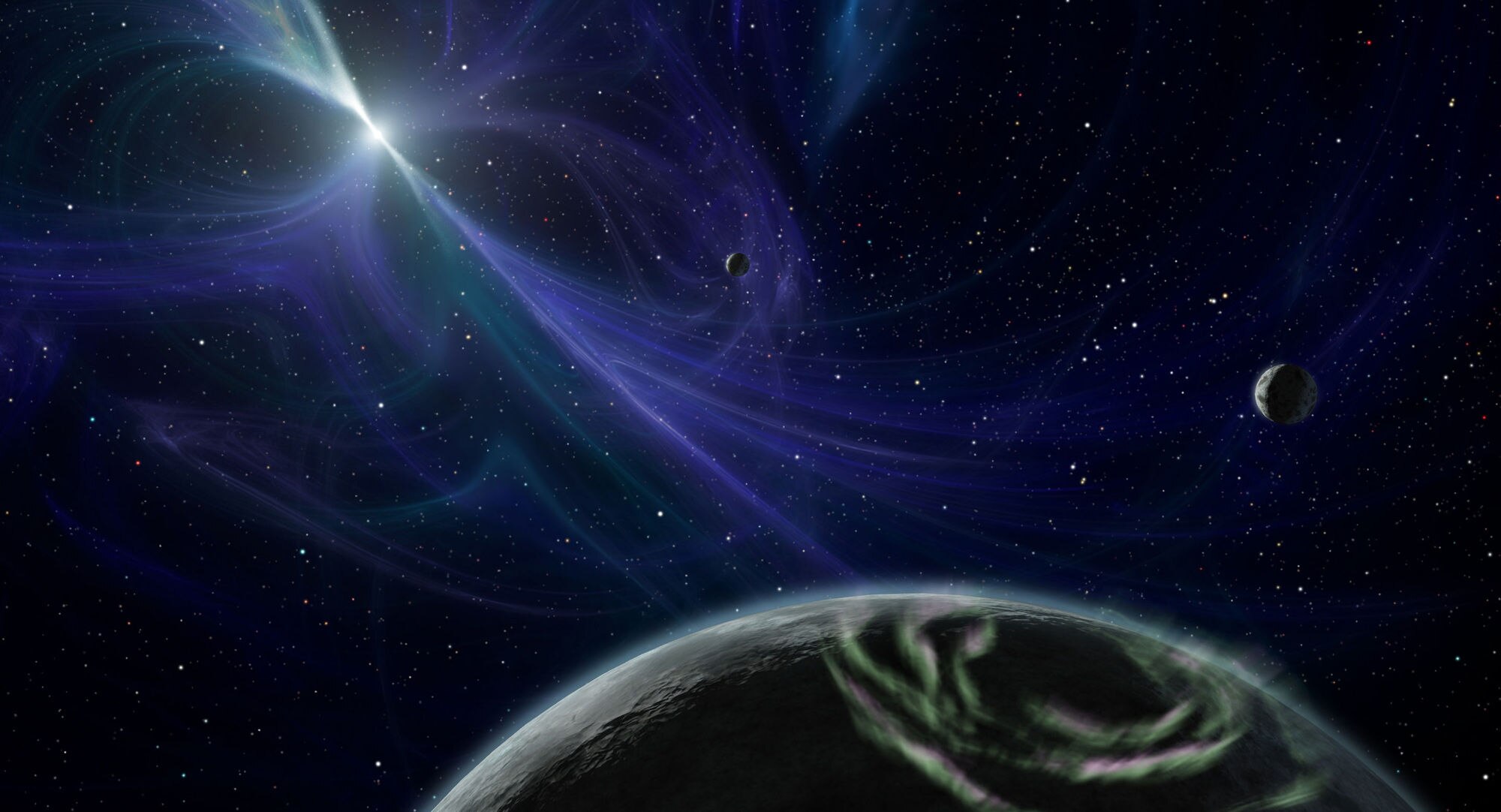
Yesterday I wrote about giving a TEDxBoulder talk about science, and how we as humans doing science need to fess up when we screw up, so we can learn from those mistakes and progress in our understanding of the Universe. That is, after all, the goal of science.
I have a little bit more to say on this…
…and I’ve already written it. As the saying goes, no plan survives contact with the enemy. My original script for the TEDx talk underwent a lot of changes, and even my final draft (oh, how writers laugh at that adjective) didn’t survive the walk up the stage. I had to cut some parts for time, for example, and I wound up paraphrasing some parts (full disclosure, since the talk is about honesty anyway: Memorizing 1,800 words verbatim is a tad beyond my abilities, and there were bound to be some word changes).
So, in the interest of disclosure — and because I think the talk reads differently than it does when you listen to it — below is the lightly edited (and linked) version of what I had planned to say right up until I took the stage. I’ll add, too, that there are lots of other issues with science as a human endeavor, but I’ll leave those for another time. I mentioned some vaguely in the talk — bias, tribalism, ego — but they’re important, and to be honest I’m still learning about the greater effects of some of them on people who don’t look like me (women, people of color, indigenous folks, and more).
But then, science, and being human, are all about learning. They certainly should be.
Here, let me explain.
Have you ever made a really dumb mistake?
I don’t mean like forgetting to buy something at the store while you were there and realizing it when you get home, but something bigger, more substantial. Something with consequences, that had an impact, something that embarrassed you.
Now: Did you fess up? Did you apologize? And most importantly, did you learn your lesson and change your thinking so you won’t make that same mistake again?
Well, let me tell you a secret that really shouldn’t be so secret. Science does this all the time. It’s actually the very essence of science.
A lot of people have a lot of misconceptions about how science works. About what science is.
A common belief is that science is a big ol’ pile of facts. But it’s not. That’s not even the goal of science.
Science is a process, a way to learn. Facts are just a piece of that process. The goal is to understand what is objectively real the best way we can: based on evidence. Even more than that, because humans are flawed and can be fooled – we’re super good at fooling ourselves – we adapted the scientific process — the scientific method — to minimize our own biases.
Boiled down probably way too much, here’s how this works.
You observe something, and you question it: “Hey, the sky is blue! I wonder why.”
You hypothesize: “Oceans are blue. Maybe the sky just reflects the color of the ocean.”
You predict something based on that idea: “The sky should be bluer on the coast, closer to the ocean, than in the middle of the country.”
You re-observe and test this idea: You leave Denver on a gray day and fly to LA, and it’s gloriously sunny. Aha! The hypothesis is proven! But is it? Some further observation might yet disprove the idea. You should think about other ways to test your idea. Maybe you need to check the color of the sky in other places, or try at different times of the year.
Another good thing to do would be to ask somebody else what they think. Maybe they have different ideas, different perspectives. That’s what we call peer review. At the very least, it would save you a ton of money and time flying around the country just to check the weather.
OK, so let’s say your idea is close, but isn’t perfect. Some things still don’t fit. Well, you can modify it as needed, and start the process over again, iterating until you get something that has withstood these tests. If it works, maybe scientists will (provisionally) accept it as being correct. At least until better evidence or a better idea comes along.
Oh – As far as why the sky is blue, eventually you’ll figure out the sky is blue everywhere, and not just on the coast, and therefore the sky is blue for some other reason. It actually has to do with sunlight hitting nitrogen molecules in the air and getting shot around like balls on a pool table in a strongly wavelength-dependent effect called Rayleigh scattering convolved with the intrinsic solar spectrum and the response of the human eye, but y’know, whatever.
Now, like I said, I’m generalizing here a lot, but that’s pretty much it. Science has shown itself to be a great way to understand things. We’ve learned a lot about the Universe because of it.
Of course, there have been missteps along the way. And that’s because science has strengths and weaknesses.
The biggest strength of science is that it’s done by humans. It’s a tool we use to help us understand reality better, and we’ve done pretty well by it. But its biggest weakness is that it’s done by humans, and we bring a lot of baggage with us when we try to investigate things. We’re big sacks of evolved meat, biased and egotistical and tribal and superstitious and stubborn. Science is done by humans, and we do tend to screw up.
That’s why checking your work is built into the process. It’s self-correcting. And implied too in that process is letting go of your hypothesis if, even after modifying it a lot, it’s clearly not working.
But scientists are people, so letting go of ideas you like is super hard.
I’ve been there. Years ago, working on a Hubble camera, a scientist came to me with some data that we thought might show an actual picture of an exoplanet, a planet orbiting another star. No one had gotten an image of one yet, so we were excited. The data were a mess — planets are faint, and stars incredibly bright, so trying to tease out that signal was like trying to hear someone whisper during a heavy metal concert. I spent a month leaning into that data, trying everything I could to show that what we were seeing was an actual alien world, but in the end I realized I couldn’t do it and I had to give up. A little while later we got new observations that showed definitively it wasn’t a planet; it was a distant background star or galaxy.
Not to sound overly technical, but that sucked. I hated that. I wanted it to be a planet! But I had to do the right thing, admit at the time we couldn’t know based on the data we had (and eventually face up to the fact that it wasn’t a planet).
But here’s the thing. Emotionally, I’d rather have been right. But if scientists are doing their jobs correctly, then being wrong isn’t so bad. Because that means there’s more going on, more things to figure out, stuff we still don’t understand. Scientists may not love being wrong, but they do love puzzles, and Nature is the biggest puzzle of them all. And even better, it has an infinite number of pieces!
But if you think one of those pieces fits a certain way and it doesn’t, then jamming it in harder won’t help.
You have to let go of ideas that don’t pan out or else you’ll never see the bigger picture. And if you let it go you’ve learned from it, and won’t make that same mistake again.
The price you pay for doing science is being wrong sometimes and fessing up about it. But the payoff is the best there is: Knowledge. Understanding.
I can talk about a thousand examples of this in science, but there’s one that’s my favorite. It has to do with astronomy, and a question that had plagued astronomers for centuries.
When we look at our Sun it seems special — after all, it’s the brightest thing in the sky. But after centuries of studying it — and learning more about astronomy, physics, chemistry, thermodynamics, and more —we figured out that it’s a star, not really any different than the millions of stars we see in the sky.
But if the Sun is a star, and it has planets… do other stars have planets, too?
Like I mentioned earlier with my own failure, that’s a hard question to answer. For decades, astronomers had tried and tried to look for planets around other stars, using all kinds of clever methods. And they kept almost finding them. Time and again some object right on the thin hairy edge of detection was claimed… and time and again was shown to be wrong. Just like my “planet.”
But remember: Sometimes the attempt alone is worth it: We learned from those mistakes, honed the techniques, and got better.
Then in 1991, a huge announcement was made. Astronomers Andrew Lyne and Matthew Bailes reported they had found a planet orbiting another star. And not just any star, but a pulsar: The rapidly spinning dead remnant of a star that had exploded. This was the last place in the Universe you’d expect to find a planet. They had detected the extremely small tug of the planet’s gravity on the pulsar as it orbited. It was an incredibly sensitive result, but the data looked pretty good. After all those centuries, another solar system was finally found!
… except, not so much. After comments by other astronomers, they went back and checked their data. They found out they had made a very embarrassing mistake: They hadn’t correctly accounted for a subtle characteristics of the Earth’s motion around the Sun which affected their data. When they properly handled that, the signal they thought was from the pulsar planet -- poof -- disappeared.
Lyne was faced with a formidable task: He had to tell everyone. So, at a meeting of the American Astronomical Society — one of the largest gatherings of professional astronomers on the planet — he stood up in front of hundreds of his colleagues… and admitted his mistake. Can you imagine how colossally difficult that must have been for him?
But… when he finished, something wonderful happened. He got an ovation. Far from being angry or chastising him, his colleagues praised him for his honesty and his integrity.
And it gets better. In a story that you’d have a hard time believing if it were scripted in a movie, after Lyne stepped off the podium, another astronomer got up to speak, Aleksander Wolszczan. He approached the mike and made an announcement: His team had actually found a planet orbiting a different pulsar! And not just one, but two planets! And these were real. They had correctly accounted for the Earth’s motion, and their planets were still there. In fact, a third planet was eventually discovered around that star, as well: the first true exoplanets ever confirmed to exist.
After that, the floodgates were opened. In 1995 a planet was discovered around a normal star like the Sun, and then another, and another.
Now we have dedicated searches for exoplanets, space observatories designed to look for them, and because of this work, and the people who do it, we now know of thousands of exoplanets. And we’ve hardly begun looking. Given what we know, extrapolating from the ones we’ve already found, we expect that there may be more planets in the galaxy than stars. Think about that: For all of human history until just a few years ago you could count all the known planets in the Universe on both hands. And now we know that for every star you see in the sky, there may be three, five, ten planets. They’re everywhere! How about that?
That is science. We had no idea if there were other planets out there, and now we know the galaxy is filled with them. And we know that not just because of science, but because the people who did the science were willing to make mistakes, and willing to admit them so that others can learn from them. And by doing so, we’re discovering our place in the Universe.
That’s how we find the truth. Science is at its best when it dares to be human.
